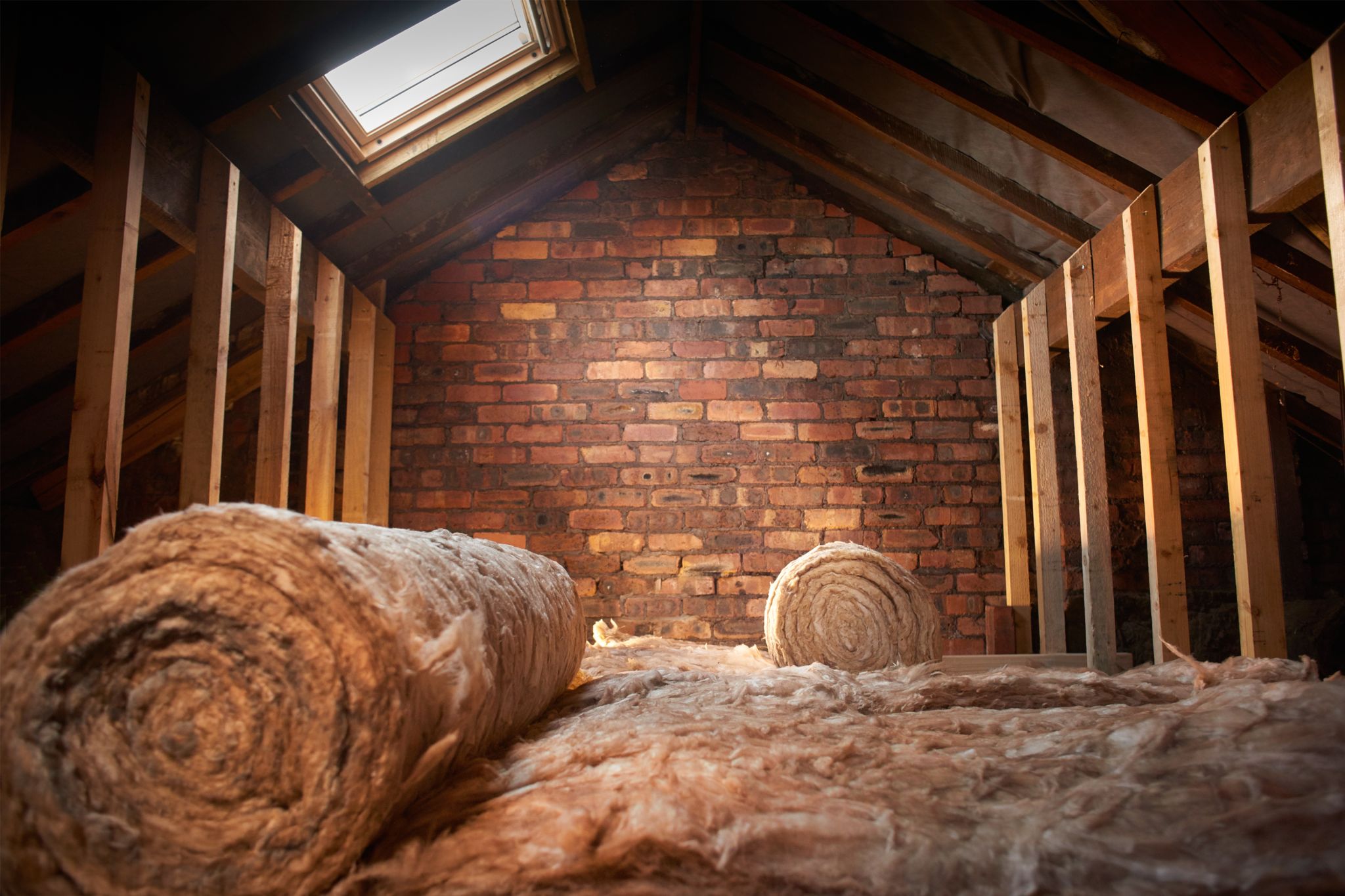Bgroho Insights
Your daily source for news, tips, and inspiration.
Warmth on a Budget: Insulation Tricks
Discover clever insulation tricks to stay warm without breaking the bank! Save money and boost comfort this winter.
Top 5 Affordable Insulation Hacks for a Cozier Home
Keeping your home warm and inviting during colder months doesn't have to be an expensive endeavor. In fact, there are many affordable insulation hacks that can significantly improve your home's energy efficiency without breaking the bank. Here are five practical strategies that can help you achieve a cozier living space:
- Weatherstripping: One of the simplest and most effective ways to reduce drafts is to apply weatherstripping around windows and doors. This inexpensive material can seal gaps where warm air escapes, ensuring your home stays warmer.
- Reflective Radiant Barriers: Installing reflective barriers in your attic can help keep heat from escaping. These materials reflect heat back into your living spaces, making your home more comfortable.
- Insulated Curtains: Utilize insulated window treatments to add an extra layer of warmth during chilly nights. Not only do they help with insulation, but they also enhance your home's aesthetics.
- Door Sweeps: Installing door sweeps on exterior doors can help seal the bottom gap, preventing cold air from creeping inside. It's a quick and effective solution that can make a noticeable difference.
- DIY Draft Stoppers: Create your own draft stoppers using fabric and filling materials. Place them at the base of doors or windows to block chilly air, which is both a fun and cost-effective project.

How to Choose the Right Insulation Material Without Breaking the Bank
Choosing the right insulation material for your home can be a daunting task, especially when you want to keep your budget intact. There are several factors to consider, including R-value, sustainability, and installation costs. Insulation types range from fiberglass and foam board to cellulose and spray foam, each offering different benefits and price points. Begin by assessing your needs—if you're in an area with extreme temperatures, a higher R-value is critical for energy efficiency. Conversely, if you’re looking for an affordable solution, fiberglass insulation might be the best option for you.
Once you've established your insulation needs, it’s time to explore your options. Create a list of potential materials and compare their costs along with the long-term savings on energy bills. For example, although spray foam insulation can be pricier upfront, its superior air sealing capability can decrease your heating and cooling costs in the long run. Additionally, consider addressing DIY installation versus hiring a professional. It's important to factor in labor costs when making your decision. By following these steps, you can choose the right insulation material without breaking the bank while ensuring your home remains energy-efficient.
Can DIY Insulation Save You Money on Heating Costs?
Many homeowners are exploring the option of DIY insulation as a way to cut down on their heating costs. By taking insulation projects into their own hands, they can potentially save on labor costs associated with hiring professionals. Strategies such as adding insulation to attics, sealing gaps around windows and doors, and insulating exterior walls can all contribute to enhanced energy efficiency. When done correctly, these measures can lead to significant reductions in heating expenses during the colder months.
However, DIY insulation requires careful planning and execution to ensure that it is effective. Homeowners should consider the type of insulation materials available, such as fiberglass, foam, or cellulose, depending on their specific needs and budget. It is also essential to assess the existing insulation in the home before undertaking any projects. In some cases, homeowners might find that professional inspection and installation offer greater long-term savings, especially if structural issues are present. Ultimately, whether DIY insulation can save you money will depend on your situation and the quality of the work performed.